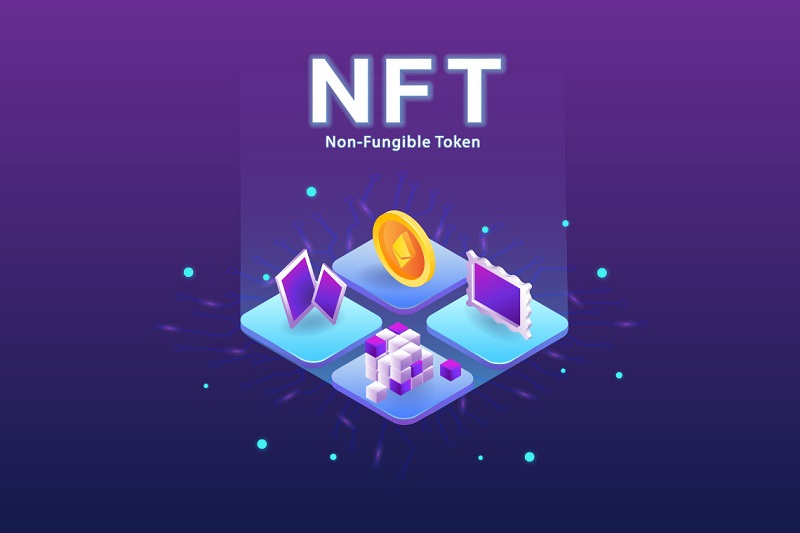In the ever-evolving landscape of technology, the fusion of code and creativity has given rise to a remarkable phenomenon: AI-generated visuals. This intersection of artificial intelligence and artistic expression is reshaping how we perceive and create visual content, unlocking new realms of possibilities that were once confined to the imagination.
At its core, AI-generated visuals are a testament to the incredible capabilities of machine learning algorithms. These algorithms analyze vast datasets, learning patterns and styles from countless images to generate original artwork. The process begins with training an AI model on diverse datasets containing paintings, photographs, sketches, and more. Through this exposure, the model learns not only about shapes and colors but also about composition techniques used by artists throughout history.
The magic truly happens when these trained models start creating art autonomously. By inputting specific parameters or even random noise into these models, they can produce stunning visuals that often blur the lines between human-made art and machine-generated creations. This capability has opened up new avenues for artists who now collaborate with machines as co-creators rather than mere tools.
One notable aspect of Image generation AI-generated visuals is their ability to surprise us with unexpected results. While traditional art forms rely heavily on human intuition and intention, AI introduces an element of randomness that can lead to serendipitous discoveries. Artists find themselves in awe as they witness their digital counterparts producing works that challenge conventional norms or introduce entirely novel aesthetics.
Moreover, AI’s capacity for rapid iteration allows artists to experiment freely without being constrained by time-consuming processes inherent in manual creation methods. They can explore multiple variations quickly while maintaining high levels of detail—a feat previously unattainable within reasonable timeframes.
Beyond individual creativity lies another transformative potential: democratization through accessibility. With user-friendly platforms emerging across various industries—ranging from fashion design software powered by GANs (Generative Adversarial Networks) capable generating unique fabric patterns—to video game development tools utilizing neural networks—the barrier between professional expertise required traditionally versus entry-level enthusiasts is diminishing rapidly; anyone passionate enough may engage creatively using these technologies today!
However promising it may be though; ethical considerations must remain paramount amidst this technological marvel too! Questions surrounding copyright issues arise naturally when discussing ownership rights over generated content since authorship becomes ambiguous at times due lack transparency regarding dataset origins involved during training phases etcetera…
In conclusion then: When code meets creativity head-on like never before seen until now thanks largely due advancements made possible via Artificial Intelligence applications specifically geared towards generating breathtakingly beautiful imagery—we stand witness firsthand witnessing unfolding magic right before our eyes!



